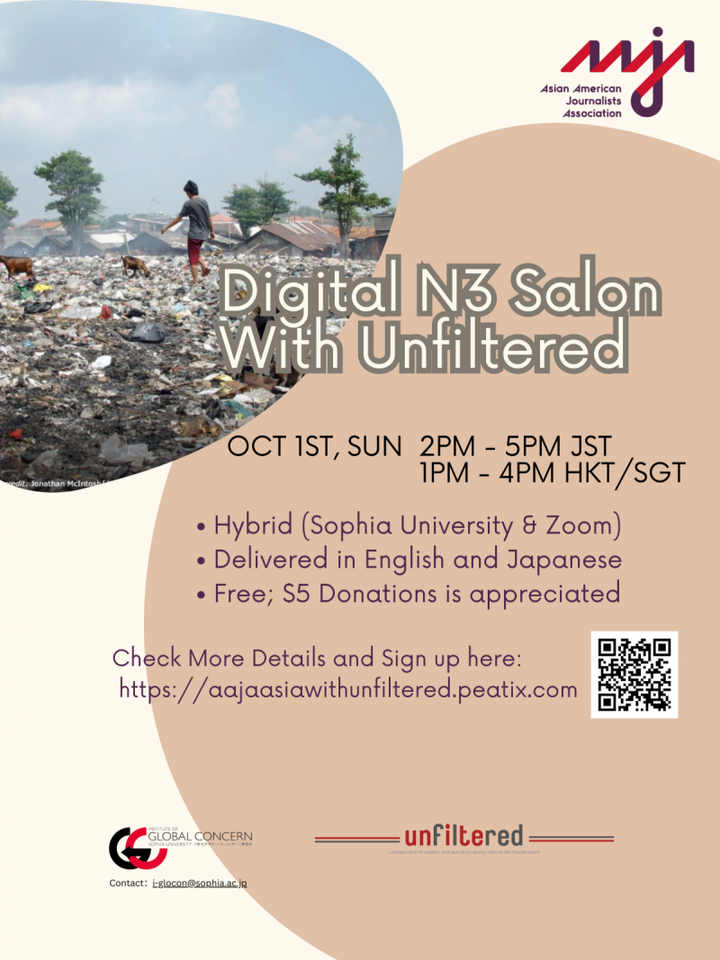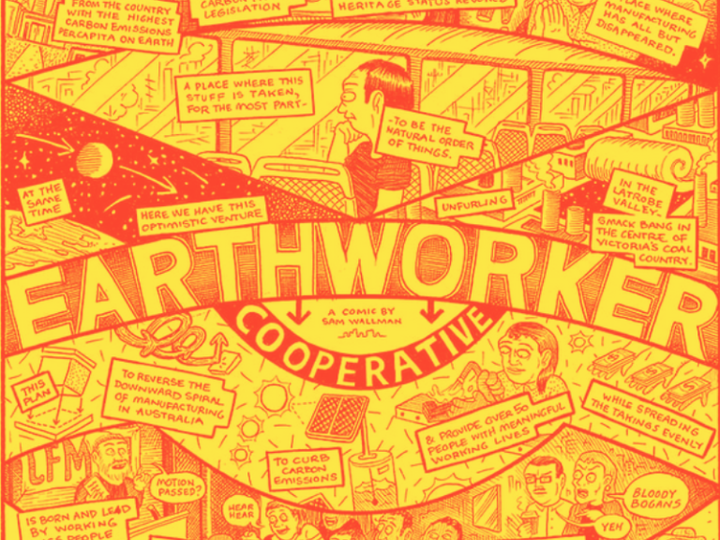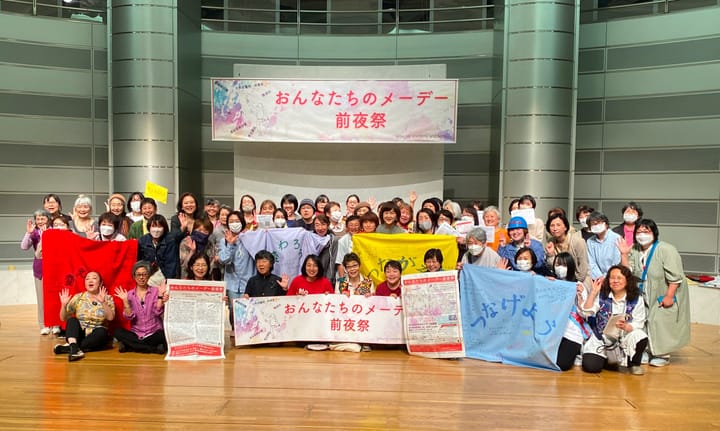Fukushima, 10 years on - An interview with former Prime Minister Naoto Kan

Naoto Kan was prime minister of Japan during the 2011 crisis. An engineering graduate of the Tokyo Institute of Technology, Kan was a contemporary at the university of many future nuclear engineers, including Masao Yoshida, manager of the Fukushima Daiichi plant during the disaster. While in office, Kan broke with decades of state policy when he began urging Japan to exit nuclear energy and scrap plans to construct 14 new reactors. Before leaving office, he helped push through a law that set very high feed-in tariffs for solar power and he has since become a leading campaigner for renewable energy. His book, My Nuclear Nightmare: Leading Japan Through the Fukushima Disaster to a Nuclear-Free Future, was published by Cornell University Press.
What are your feelings as we approach the 10th anniversary of the 2011 disaster?
Of course, I have very strong impressions of the nuclear accident, but also of the many victims of the tsunami and earthquake. The big quake struck last weekend (a 7.1-magnitude aftershock of the 2011 event struck off the east coast on February 13th) brought back bad memories and made me think, ‘here we go again’. I decided we should get out of nuclear energy after the accident. I had some doubts about nuclear energy before but I knew our engineers were comparatively excellent so I didn’t think there could be an accident like Chernobyl. I was part of a government that was trying to sell our nuclear technology to Vietnam and other countries. I later realized that was a terrible mistake.

You are given credit for kick-starting Japan’s renewables industry. Are you satisfied in 2021 with the result?
Well, at the time of the accident, nuclear power made up nearly 30 percent of Japan’s energy mix. It fluctuates now because plants go on and offline but it was about 3 percent last year. Before Fukushima, renewable energy consisted mainly of hydro-electricity and supplied below 10% of our needs. Now renewables, including solar and wind are running at about 19 percent (on average). That’s in ten years. I believe we can potentially use that approach to supply all Japan’s energy.
You are part of a lobby trying to eliminate all nuclear power. Some say that’s irresponsible, given Japan’s energy situation. What’s your response?
You have to look objectively at the situation. The current government has an energy target of 20-22 percent nuclear and 22-24 percent renewables. Three are just three or four reactors online. The safety regulations have completely changed since the accident and have become extremely strict. Of our 54 reactors at the time of Fukushima, over 20 are to be scrapped. The people who know nuclear power is finished in Japan, accept it. The ones who do not are the stakeholders in the industry, such as the energy utilities, local political interests in the host towns and so on – the “nuclear village”. Even from an economic point of view, given the costs, it’s just not possible to continue with nuclear power. That’s not only my view – experts think the same. China is rushing to build new reactors to cut CO2 emissions but it is expanding renewable energy at the same time. The trend is clear worldwide.
The end result, however, has been a massive rise in Japan’s fossil fuel bill…
It’s true that renewable energy has not yet filled the gap of nuclear power, and in the last decade, the use of fossil fuels has temporarily risen. But if you look further ahead, renewables will increase and eventually supply all our energy. Wind power is not growing as fast as we expected. The utilities have used their control of the grid to block new entrants. The number of solar photovoltaic (PV) cells has expanded but you need a lot of space and in Japan we have limited space. I try to keep up with the new technological developments. One of the most promising is solar sharing on farmland. Legally, farmers in Japan must apply for permission to use their land for anything other than agriculture because there was a lot of effort made to protect scarce farmland. Solar sharing allows land to be dual-purpose – so you can grow crops and generate energy. It’s extremely efficient and the Ministry of Agriculture is positively backing it. It has been calculated that we could generate 2 trillion kw of electricity this way, many times our current energy output. That excludes wind and other methods.
Solar has been criticized for generating a lot of toxic waste, including plastic.
Japan once made a lot of solar panels but regrettably, China now makes most cheap, efficient panels. Yes, there is waste and this will have to be dealt with but it’s not the same level of a problem as disposing of spent fuel from nuclear power plants. We do, however, have to have to give some thought to the fact that some people do not want solar farms nearby because they spoil the look of the environment. On the other hand, solar solves a lot of problems for Japan, including the fact that the number of farmers is shrinking. This method kills two birds with one stone.
You said in 2011 that Fukushima’s worst-case scenario would require the evacuation of 50 million people, including all of Tokyo. Do you stand by that?
I didn’t pluck that out of my head. Shunsuke Kondo, who was then head of the Japan Atomic Energy Commission (which helps set government nuclear policy) made that calculation In my head was a vision of the complete destruction of Japan. Reactor four in the Fukushima plant didn’t melt down but its fuel pool was full of spent nuclear fuel and the building did not have a roof. If that radiation had escaped. the evacuation zone would need to have been expanded from 20k around the Daiichi plant to 230km, which includes Tokyo. We had a very near miss.
Kondo’s 15-page report, commissioned by Kan, was kept secret until 2012 can be read here: https://www.nrc.gov/docs/ML1209/ML12093A090.pdf.


